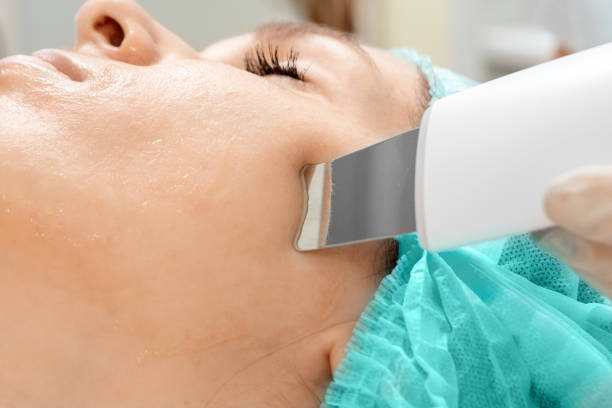Routine Maintenance to Extend Your Foot Care Tool’s Lifespan
Regular care of a foot care tool keeps it working reliably and helps protect foot health. Simple cleaning, correct storage, and routine inspection reduce wear, prevent contamination, and extend the device’s usable life. This guide covers practical maintenance steps, safety considerations, material-specific tips, and when to consult a professional.

How does this tool affect foot health
A well-maintained foot care device supports hygiene and comfort, while a neglected device can increase the risk of skin irritation or infection. In the context of broader health and healthcare routines, this device should be used on intact skin only and as part of a balanced self-care approach. People with diabetes or circulation concerns should follow guidance from their healthcare provider or a licensed professional before using mechanical foot care devices, because individual patient needs vary.
What maintenance supports prevention of problems
Prevention starts with daily and weekly habits: wipe surfaces after each use, remove and clean replaceable heads or files, and allow parts to dry completely. Replace worn abrasives promptly to avoid uneven pressure on skin. Keep lubrication points (per manufacturer guidance) light and infrequent; excess oil can attract debris. Regular inspection for cracks, loose fittings, or frayed electrical cords helps prevent device failure and reduces risk during use.
When should a professional be consulted for repairs or advice
If a device shows structural damage, unexplained odors, overheating, or electrical faults, stop using it and consult a professional repair service or the manufacturer. For clinical concerns—chronic calluses, recurring infections, or wounds—speak with a podiatrist or healthcare provider rather than attempting aggressive at-home treatment. Professionals can also advise on how a foot tool fits into broader prevention strategies alongside nutrition, exercise, and other non-surgical wellness approaches.
Can maintenance be part of a broader wellness and beauty routine
Yes. Maintaining a foot device aligns with personal lifestyle habits that include exercise, balanced nutrition, and skin care. Just as facial treatments and makeup brushes require cleaning to avoid contamination, foot care devices benefit from routine sanitization. Consistent maintenance helps preserve appearance and function, supports activities that contribute to a healthy figure and mobility, and complements other beauty or wellness practices without replacing clinical care.
Does ultrasonic cleaning or specific cleaning methods reduce risk
Some models are compatible with gentle ultrasonic cleaners or disinfectant wipes; always check manufacturer instructions before using liquids or ultrasonic methods. Ultrasonic cleaning can remove debris from small crevices but may not be suitable for electrical compartments or certain adhesives. When selecting cleaning products, avoid harsh solvents that degrade plastics, leather trims, or seals. Follow drying recommendations to prevent moisture-related damage and microbial growth.
How do materials like leather, zippers, and device parts change care needs
Handles, travel cases, or straps made of leather or containing zippers need different care from the device head. Clean leather with appropriate leather cleaners and conditioners; avoid saturating leather with water. Zippers should be kept free of grit and occasionally lubricated with a dry silicone product. Replace detachable heads when they show wear; inspect small parts for corrosion. Avoid using the tool near fresh injection sites, open wounds, or inflamed areas such as the thigh when treating related conditions to reduce risk.
This article is for informational purposes only and should not be considered medical advice. Please consult a qualified healthcare professional for personalized guidance and treatment.
Routine checks extend longevity: store the device in a dry, ventilated case away from direct sunlight, keep batteries charged per recommendations, and use only approved replacement parts. Document maintenance activities—cleaning, part replacements, and any repairs—to track performance over time. Proper maintenance preserves the device’s function and supports safer personal care practices within your overall health and wellness routines.
In summary, extending the lifespan of a foot care device depends on consistent cleaning, correct storage, timely replacement of consumables, and safe use practices. Integrating these steps into a broader approach that includes exercise, nutrition, and professional healthcare input helps manage risk and supports both functionality and personal wellness without making the device a substitute for medical treatment.





